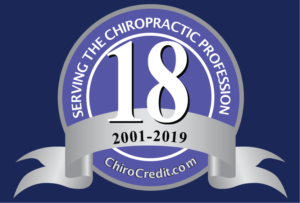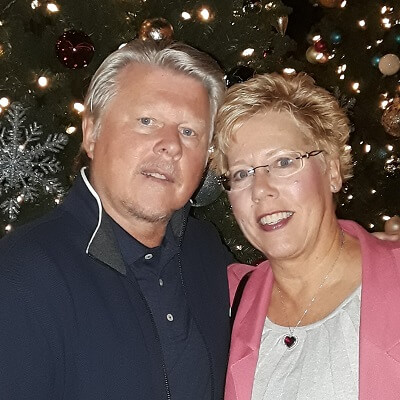
I am excited for the opportunity to discuss chiropractic research with Drs. Peterson and Humphreys in the near future. Cynthia Peterson, RN, DC, DACBR, M.Med.Ed. has worked as a chiropractic radiologist, researcher and educator in 4 countries. She retired from her positions as Professor and researcher, Radiology Department, Orthopaedic University hospital Balgrist and Professor, Chiropractic Medicine Programme, University of Zürich in 2017. She is currently a Visiting Professor for the Chiropractic Department in the Faculty of Health at the University of Johannesburg, South Africa and is the Quality Assurance Consultant for the European Council on Chiropractic Education. Barry Kim Humphreys, BSc, DC, PhD, is Professor Emeritus, Faculty of Medicine, University of Zurich. He retired in July 2017, after 9 years as the first Professor for Chiropractic Medicine in Switzerland. During this time, Professor Humphreys was responsible for the development and accreditations of the chiropractic education program, research portfolio and teaching clinic within the university, medical faculty and teaching hospital. He has been active in research including chiropractic clinical outcome studies for back and neck pain, functional MRI studies of chronic pain patients and back pain in various gravitational environments (parabolic flight). Please comment below if you have any questions for us during the interview. I might choose some of them for our conversation.





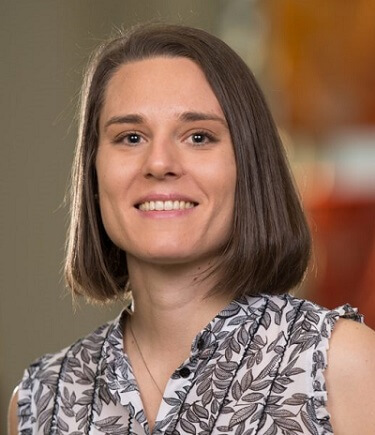
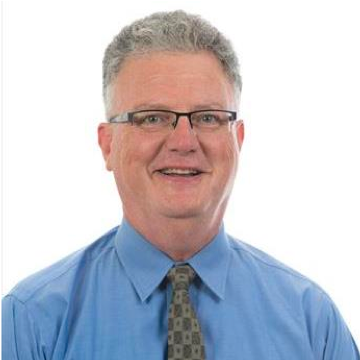
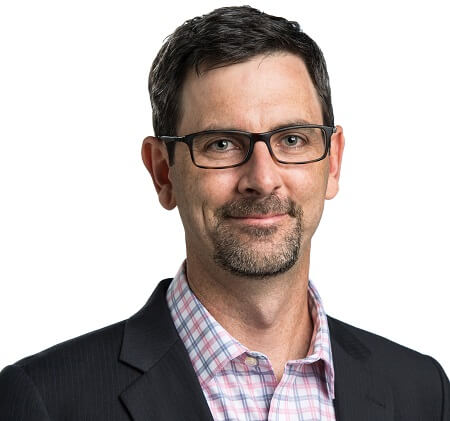
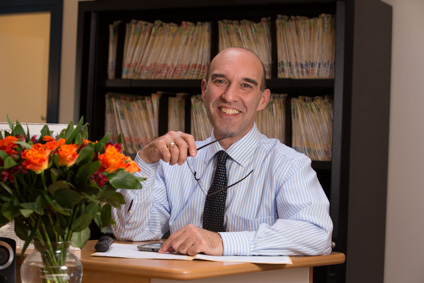
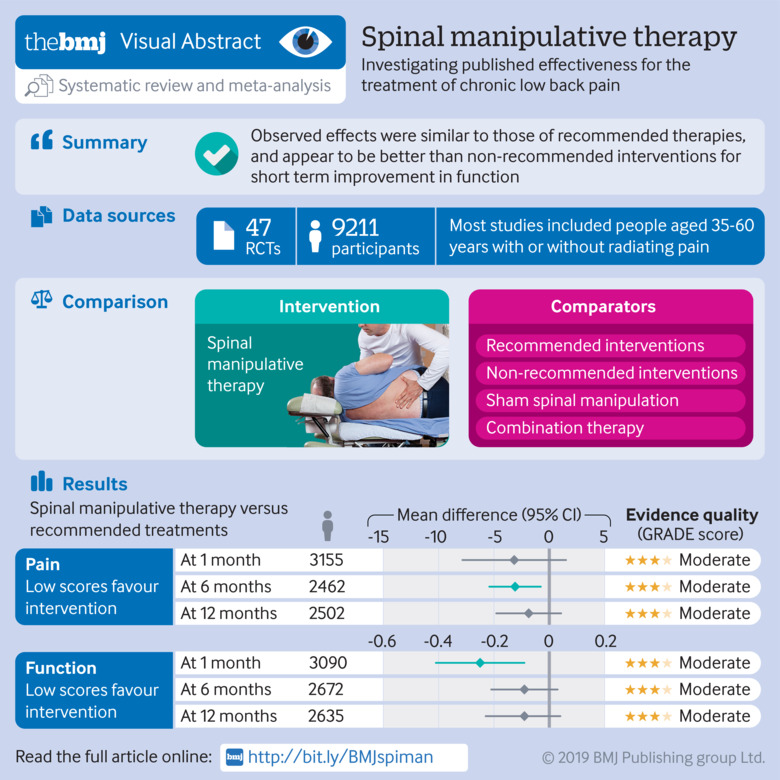
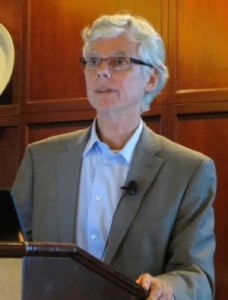 Listen as Dr. Cassidy and I discuss his career in chiropractic, research, and hear his thoughts on a variety of important issues including the powerful role of psychosocial factors on health. Dr. Cassidy is a Professor of Epidemiology and Health Policy at the Dalla Lana School of Public Health at the University of Toronto. He is also an Adjunct Globalization Professor at the Faculty of Health at the University of Southern Denmark. He began his career as a chiropractor (CMCC 1975) and later obtained graduate degrees in Surgery (MSc University of Saskatchewan), Pathology (PhD University of Saskatchewan) and Injury Epidemiology (DrMedSc Karolinska Institute, Sweden). His past appointments include Assistant Professor of Surgery and Rehabilitation Medicine at the University of Saskatchewan (1994-1999), Associate Professor of Public Health and Medicine at the University of Alberta (2000-2003), Senior Scientist at the Toronto Western Hospital Research Institute (2003-2017) and Professor of Sport Science and Clinical Biomechanics at the University of Southern Denmark (2011-2016).
Listen as Dr. Cassidy and I discuss his career in chiropractic, research, and hear his thoughts on a variety of important issues including the powerful role of psychosocial factors on health. Dr. Cassidy is a Professor of Epidemiology and Health Policy at the Dalla Lana School of Public Health at the University of Toronto. He is also an Adjunct Globalization Professor at the Faculty of Health at the University of Southern Denmark. He began his career as a chiropractor (CMCC 1975) and later obtained graduate degrees in Surgery (MSc University of Saskatchewan), Pathology (PhD University of Saskatchewan) and Injury Epidemiology (DrMedSc Karolinska Institute, Sweden). His past appointments include Assistant Professor of Surgery and Rehabilitation Medicine at the University of Saskatchewan (1994-1999), Associate Professor of Public Health and Medicine at the University of Alberta (2000-2003), Senior Scientist at the Toronto Western Hospital Research Institute (2003-2017) and Professor of Sport Science and Clinical Biomechanics at the University of Southern Denmark (2011-2016).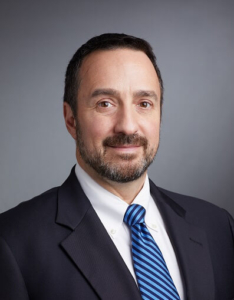 In this episode, Dr. Anthony Lisi and I discuss the state of chiropractic practice and research in the US Veterans Health Administration. Dr. Anthony Lisi is the Chiropractic Program Director for the US Veterans Health Administration, overseeing all national programmatic issues related to the integration of chiropractic clinical services, education and research. He is also an Associate Research Scientist at the Yale Center for Medical Informatics, Yale University School of Medicine.
In this episode, Dr. Anthony Lisi and I discuss the state of chiropractic practice and research in the US Veterans Health Administration. Dr. Anthony Lisi is the Chiropractic Program Director for the US Veterans Health Administration, overseeing all national programmatic issues related to the integration of chiropractic clinical services, education and research. He is also an Associate Research Scientist at the Yale Center for Medical Informatics, Yale University School of Medicine. Join Dr. John Mayer and I as we discuss his extensive clinical and research experience in therapeutic exercise, wellness, chiropractic and first responders. John M. Mayer, DC, PhD, CCRP, FACSM is the Lincoln Endowed Chair in Biomechanical & Chiropractic Research, Executive Director of the Center for Neuromusculoskeletal Research, and Professor of the School of Physical Therapy & Rehabilitation Sciences, Morsani College of Medicine, University of South Florida. He is Director of Research and Innovation for U.S. Spine & Sport Foundation, Chief Scientific Officer of Excellcior LLC, and Co-Founder of Pillar of Health LLC
Join Dr. John Mayer and I as we discuss his extensive clinical and research experience in therapeutic exercise, wellness, chiropractic and first responders. John M. Mayer, DC, PhD, CCRP, FACSM is the Lincoln Endowed Chair in Biomechanical & Chiropractic Research, Executive Director of the Center for Neuromusculoskeletal Research, and Professor of the School of Physical Therapy & Rehabilitation Sciences, Morsani College of Medicine, University of South Florida. He is Director of Research and Innovation for U.S. Spine & Sport Foundation, Chief Scientific Officer of Excellcior LLC, and Co-Founder of Pillar of Health LLC
